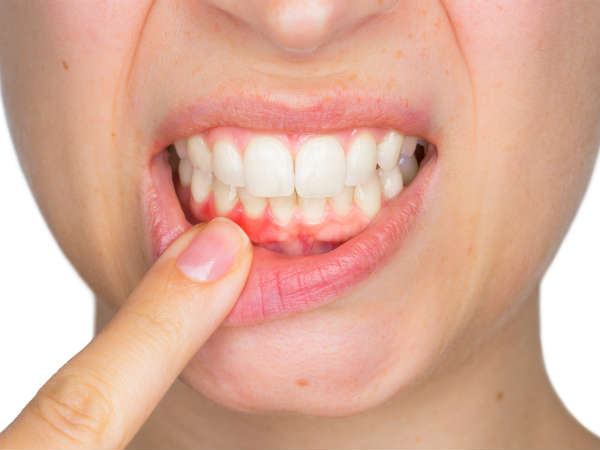What is Periodontal Disease?
Periodontal disease is an infection of the tissue that supports your teeth. Your gum tissue is not attached to your teeth as high as it may seem—there is a very shallow v-shape crevice called a sulcus between the tooth and gums.
Periodontal disease attacks just below the gum line in the sulcus, where they cause the attachment of the tooth and its supporting tissue to break down. As the tissues are damaged, the sulcus develops into a pocket. Generally, the more severe the disease, the greater the depth of the pocket.
Call Us (03) 9571 9016 Book NOW
Types of Periodontal Diseases
Periodontal diseases are classified according to the severity of the disease. The two major stages of the disease are gingivitis and periodontitis.
Gingivitis
Gingivitis is a milder and reversible form of periodontal disease that only affects the gums. It develops as toxins in plaque irritate gums, making them red, tender, swollen, and likely to bleed easily. It can usually be eliminated by daily brushing, cleaning between your teeth, and regular dental cleaning.
Periodontitis
Gingivitis may lead to a more serious, destructive form of periodontal disease, called periodontitis. There are several forms of periodontitis, with the most common being chronic adult periodontitis.
Periodontitis occurs when toxins, enzymes, and other plaque byproducts destroy the tissue that anchors the teeth into the bone. The gum line recedes, which can expose the tooth’s root. Exposed roots can become susceptible to decay and sensitive to cold and touch.
As we mentioned earlier, the sulcus deepens into a pocket in the early stages of periodontal disease. Plaque that collects in these pockets can be difficult to remove during regular brushing and interdental cleaning. By-products from the plaque that collect in these pockets can continue to damage the gum, periodontal ligament and bone. In some cases, so much ligament and bone are destroyed that the tooth becomes loose. Usually, your dentist can still treat the disease at this point. In the worst of cases, a loose tooth may need to be extracted or may fall out on its own.
What are the signs for Periodontal Disease?
It is possible to have periodontal disease and have no warning signs. That is one reason why regular dental check-ups and periodontal examination are very important. However, several warning signs can signal that you have a problem with periodontal disease. If you notice any of the following, see your Dentist or Dental Hygienist:
– Gums that bleed easily
– Red, swollen, or tender gums
– Gums that have pulled away from the teeth
– Pus between the teeth when the gums are pressed
– Persistent bad breath or bad taste
– Permanent teeth that are loose or separating
– Any change in the way your teeth fit together when you bite
– Any change in the fit of a partial denture
Treatment for Periodontal Disease
The first step in treating periodontitis is through a conservative measure called scaling and root planning. Our dental hygienists will scrape and remove the plaque, bacterial toxins, and tartar deposits off of your teeth and root surface. This may take more than one visit for a thorough job and local anaesthetic can be applied to prevent discomfort. This treatment, alongside optimal at home care by the patient, should allow the gums to ideally heal and re-attach themselves to the clean surfaces of the teeth. A follow-up appointment will be made with the hygienist a few weeks after to check the healing of your gums. Gums tissues that respond well becomes firm and pink, bleeding is eliminated or reduced and pockets depths reduced. However, more advanced conditions may include a referral to a periodontist (gum specialist) if the gum tissues have not responded ideally to the treatment and require further necessary surgical intervention.
How can I Prevent Periodontal Disease?
Daily good oral hygiene can help reduce your risk of developing periodontal disease.
– Brushing twice a day using fluoride toothpaste to remove plaque, the sticky, harmful layer of bacterial film on your teeth. Your dental hygienist/dentist can show you the proper brushing technique
– Flossing – the toothbrush alone cannot reach in between your teeth! Flossing or using another interdental cleaner (such as interdental bristle bushes) is required to remove plaque from areas that are not accessible with the toothbrush. It only takes a few minutes each day and it’s just as important in maintaining oral health as brushing your teeth.
– If you need extra help controlling the plaque that accumulates on your teeth your dentist/hygienist may recommend using an ADA- accepted antimicrobial mouth rinse or other oral hygiene aids as an effective addition to your daily oral hygiene routine.
– If you are a smoker, consider seeking help to quit from Quitline (13 78 48)

 (03) 9571 9016
(03) 9571 9016 Find Us
Find Us